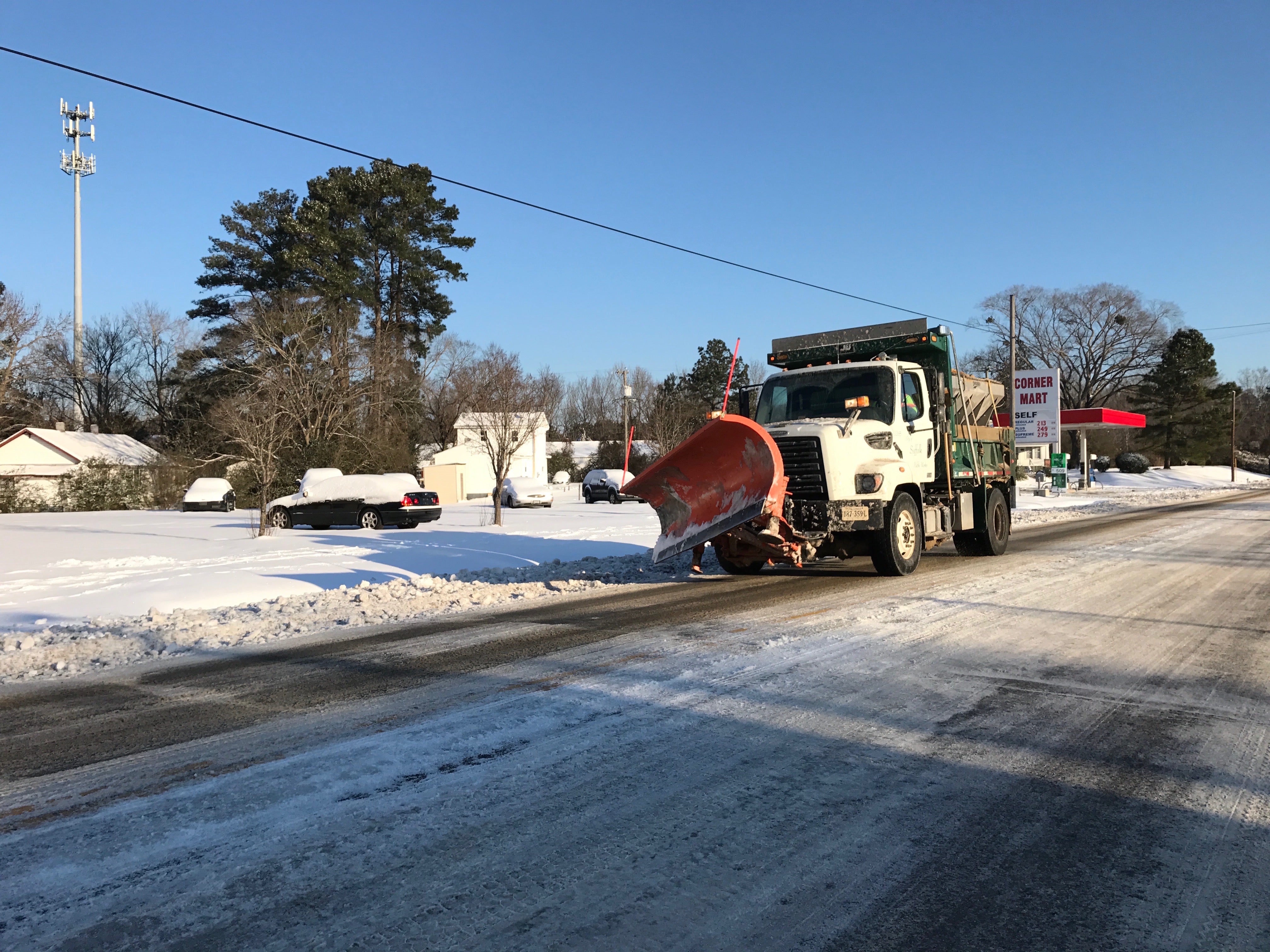Trip to the past leads to a swamp in Southampton County
Published 12:00 am Thursday, December 14, 2006
A few weeks ago, I had the chance to travel back in time, and it was a beautiful, mysterious ride.
I had been trying to see this strange and hidden place since I first heard about it from the man who discovered it n Byron Carmean. A retired horticulturalist who lives in the Lake Prince area, it is his hobby, his passion, to hunt for record-sized trees.
One day, while he was out on a fact-finding mission for the Virginia Department of Conservation and Recreation Division of Natural Heritage, he stopped at a landing along the Nottoway River just below Courtland. Carmean looked across the river and spotted a large water tupelo. An expedition later that week would lead him to a 38-acre virgin stand of primarily water tupelo and bald cypress that could be more than 1,000 years old.
It was a jackpot, as far as old-growth forests go. Carmean and his patch of swamp were featured in a variety of media outlets around the country. (See the Sunday, July 9, 2006 edition of the News-Herald or check out the archives on our Web site n
keyword “tupelo” n for our original story.)
Carmean enjoys showing the forest to those who are interested. He had extended several invitations
to me, but work and life prevented me from going until last month. We took off on a Thursday morning for a day in the swamp.
Now, normally this time of year the area would be dry enough to walk around in, allowing visitors to see the huge buttresses and walk inside the hollow trunks of the trees. But with the amount of rain we had in early November, much of the forest was under nearly 5 feet of water, so we traveled by way of canoe that day.
As the canoe slid off the muddy bank and glided into the smooth, dark water, we entered another world. One with vivid mosses, ancient trees gnarled by time and water, spiders with a gift for skating across the surface of the water, and the constant, yet calming, chirping of creatures n the conversations of a living swamp.
My excursion was enriched by the fact that I was not allowed to speak the entire time. Not that Carmean has any strange rules about silence in his swamp. The rule against talking was imposed by one Hilary Frank, an author and freelance radio producer who traveled down from Philadelphia to record a segment about the old growth forest for a show on public radio called Weekend America.
She lugged a large tape recorder, microphone and set of headphones into the center of the canoe and sat, holding the microphone poised near Carmean’s face. That left me to take the front seat, a paddle and put myself to work. My family owns a canoe, but I hadn’t been in one in probably 13 years. Fortunately, Carmean is an expert canoeist who makes regular exploratory trips throughout the year, and he was able to guide us through the swamp (and likely could have done so without my extra elbow grease).
Frank wanted to record not only Carmean’s description of everything we were seeing, but also his story of the discovery as well as the various sounds throughout the forest. I was able to sit and take in the beauty of it all.
Growing up in southeastern Ohio with Wayne National Forest as my backyard, I spent a good deal of time in the woods, but this place was different. It just felt ancient. It was amazing to imagine, as I sat there silently, all the Native Americans, colonists and creatures who had passed by or even touched these trees in the span of years before me.
Landscapes around the country have changed, but not this one. Not yet. The land is actually owned by International Paper, and folks from the Division of Natural Heritage have been working with officials there on a deal to forever preserve the forest.
Of course, I hope it is saved and treasured, but whatever happens, I’m grateful that I had the chance to glide among the old bald cypress and water tupelo trees just once.
Contact Mcknight-Taylor at ashley.taylor@suffolknewsherald.com



